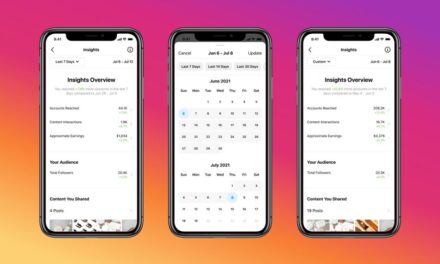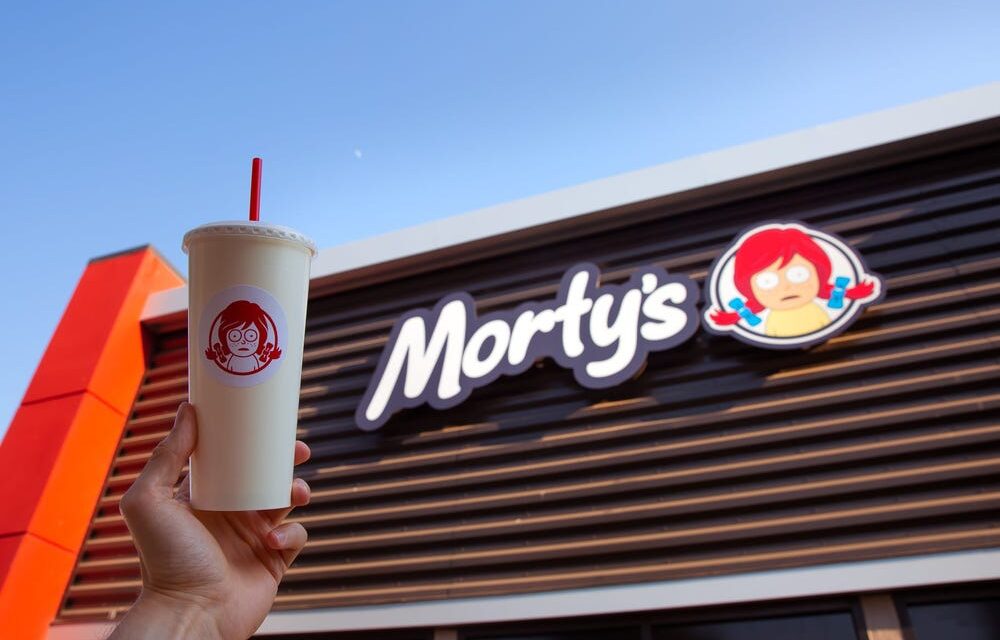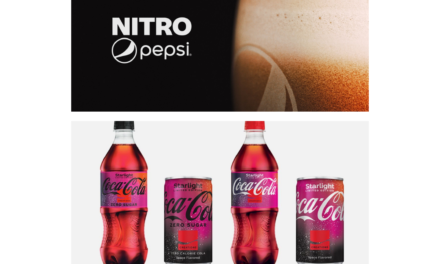Brands are tapping into the power of experiential marketing to engage their audiences in innovative ways. Experiential campaigns elevate a brand’s message to a whole new level, allowing consumers to interact, explore, and connect in new and memorable ways. Here are some recent experiential campaigns that we can learn from.
Wendy’s Rick and Morty themed pop-up
A California Wendy’s transformed its menu, packaging, and drive-thru to become a fully immersive experience based around the animated show, Rick and Morty. Morty’s (instead of Wendy’s) featured limited edition menu items like the Pickle Rick Frosty, as well as an immersive LED drive-thru show. Drawing in long-distance fans who waited in lengthy lines, this pop-up created a massive buzz on social media and ultimately helped promote the new season of the TV show.
What we can learn: By designing a fully immersive pop-up, Wendy’s and Rick and Morty created an experience that was worth the wait. They pulled out all the stops, combining visual elements with exclusive menu items, to create memorable moments that fans craved. Plan your experiential campaign to fully immerse your customers, engaging multiple senses and providing a variety of ways to interact.
Michelob Ultra’s glamping experience with Tentrr
Michelob Ultra Pure Gold partnered with the luxury camping booking service, Tentrr, to offer branded glamping experiences at five campsites in various locations. Glampers can choose to stay on a mountain, ranch, national park, or even an alpaca farm. Each campsite includes a glamping tent, complete with lanterns, hammocks, campsite games, solar showers, propane heaters, a Polaroid camera, and a s’mores kit.
What we can learn: Experiential campaigns often involve strategic partnerships that pave the way for a unique guest experience. Michelob Ultra Pure Gold is an organic brand, so the partnership with Tentrr is a powerful way to tell a story of connecting with nature and the great outdoors. Think about the most strategic partnerships to portray your message in an experiential campaign.
General Mills’ virtual football tailgate experience, “homegate”
The virtual platform allows college football fans to watch videos, explore recipes, take quizzes, and shop General Mills brands. “Homegate” presents the opportunity for fans to engage in a virtual tailgate with built-in shopping options. The virtual experience targets folks who may not be ready to attend a crowded football game in person yet. But, General Mills also designed a physical experience as part of the campaign, hosting a real tailgate at the University of Michigan stadium.
What we can learn: By creating a hybrid campaign that features both virtual and physical experiences, General Mills was able to engage a larger audience. In the wake of Covid-19, we’ve seen the concept of hybrid events take off, so consider both virtual and physical elements for your next experiential campaign.
Photo credit: Warner Media.















